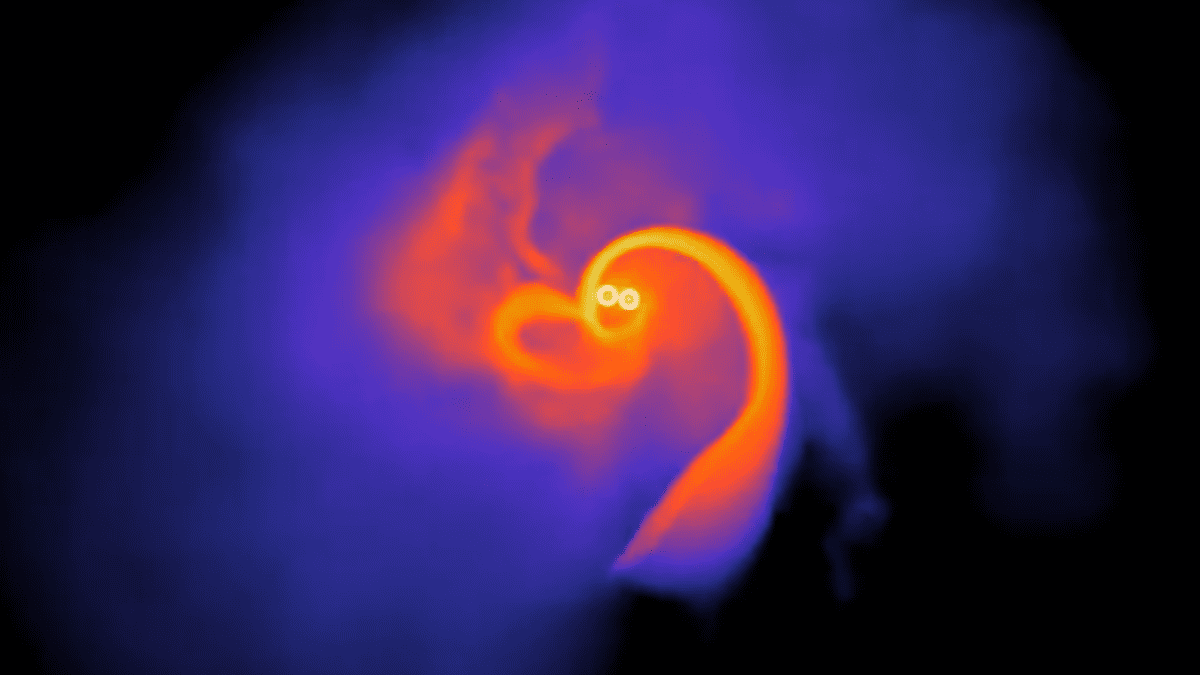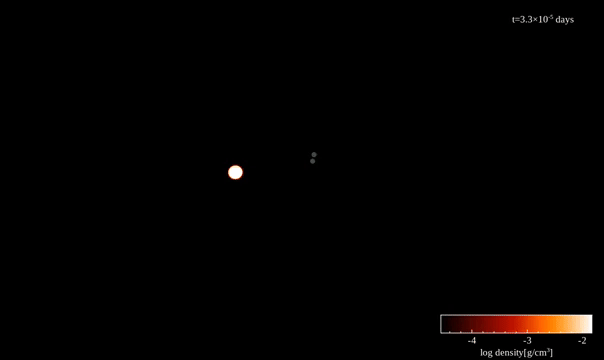
“Roses are red, violets are blue, your event horizon means I can’t see you!” While that quirky rhyme hardly evokes romantic imagery for Valentine’s Day, a new simulation offers a fascinating twist. Just in time for February 14, researchers have uncovered how dancing black holes interact with one another in a cosmic story that’s quite literally written among the stars.
The simulation, led by a dedicated research team, indicates that binary black hole pairs in dense star clusters first synchronize their spins before merging together.
This groundbreaking discovery may shed light on some of the enigmatic signatures observed in gravitational wave signals captured by the Laser Interferometer Gravitational-Wave Observatory (LIGO) and its partner Virgo.
The findings contest earlier theories that proposed black holes in star clusters initially possess random and chaotic spins before merging.
“This discovery challenges the common belief that black holes formed in star clusters always have randomly distributed spins,” stated Fulya Kıroğl, the research team leader from Northwestern University.
How Do Black Holes Mirror a Classic Scene from Lady and the Tramp?
However, this goes beyond just a whimsical cosmic dinner. The mass accumulated by the black holes amplifies their gravitational influence and helps align their spins.

“When a massive star is disrupted by a binary black hole, it generates two separate streams of debris, each spiraling around one of the black holes,” explained Kıroğl. “Initially, the direction of these swirling debris clouds is random. Yet, as the black holes draw nearer, strong tidal forces alter these clouds, gradually influencing the spin direction of the black holes themselves.”
If that weren’t romantic enough, the simulation also shows that as black holes approach, streams of material from their stellar banquets encircle them, forming a heart shape—perfect for Valentine’s Day.
“Ultimately, this process leads to black hole mergers characterized by a subtle but consistent alignment of their spins—something previously documented in gravitational wave signals detected by LIGO and Virgo but not fully understood until now,” concluded Kıroğl.
The team’s astonishing research has been accepted for publication in The Astrophysical Journal Letters.









